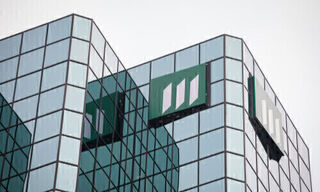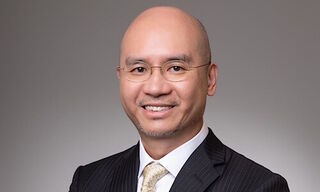Self-directed trading is pervasive among Asia’s private investors and its long-lasting legacy is dimming the near-term prospects of discretionary portfolio management in the region.
By Richard Otsuki, Senior Contributor for finews.asia
Particularly in Greater China, self-directed trading is dominant with transactional income making up an estimated 35 percent of total revenue generated at Hong Kong-based private banks.
But in creating a culture of hands-on trading (aided in no small part by the yesteryears of the wealth management industry), the segment has proven hard to kick the habit. The effects of associated behavioral tendencies are being felt not only through activities in single stocks and bonds but also in managed solutions such as discretionary portfolio management (DPM).
Buy-High, Again
When markets are buoyant, investors, too, are naturally buoyant and Asia has a pronounced reputation to buy high. In recent history, the combination of low or decreasing interest rates, strong growth, and unipolar politics has resulted in many success stories, allowing investors to generate returns even at entry points deemed frothy.
The aforementioned tailwinds have since reversed course to become headwinds with rates rising, growth slowing and the political environment becoming increasingly multipolar. And unlike trading, which can eke out short-term gains in various market conditions, the benefits of active management from DPM can only be genuinely realized in the long-term through market cycles.
Old Habits Die Hard
Effectively, market timing should not play a role in the consideration of entry points for long-term, globally diversified mandates.
But old habits die hard. Brokerage-oriented relationship managers continue to drive entry points when animal spirits are reignited and take the risk of clients experiencing drawdowns early and a poor initial experience with DPM. This risk has been further exacerbated during Donald Trump’s presidential term, which has seen markets swing wildly and geopolitical pressures impacting growth in China.
Second Chances Hard to Come By
While it is often said that investors have short memories, Asia may once again be a unique outlier.
For example, hedge funds as an allocation in client portfolios remains acutely low at single-digit penetration, despite the industry’s efforts to promote alternatives (UBS and Citi Private Bank are recommending an industry-high 20 percent or more) and recovering performance.
HFRI's fund-weighted index registered 5.9 percent gains in the first quarter of 2019, marking its best quarter since 2006. Many continue to attribute the low appetite to poor experience during the global financial crisis over a decade ago.
Margin Compression
Similarly, a poor first experience in DPM could have long-lasting effects that could prevent a second chance for many years to come. It is therefore critical for the industry to either discourage focusing on short-term performance, a steep uphill battle, or avoid capitalizing too far into a bull market when promoting discretionary mandates.
Margin compression and increasing market volatility are likely to continue to pressure transactional income. Private banks with ambitions to achieve sustainable growth must increase their share of recurring income, lest they wish to test the fluctuations caused by turbulence in markets and sentiments.
Lower Client Activity in Q1
In the first quarter of 2019, Credit Suisse’s private banking business in Asia registered a 15 percent drop in net revenue with significant contributions from decreased transaction-based revenue (-22 percent year-on-year). Similarly, UBS Global Wealth Management also registered lower transactional income (-20 percent year-on-year) «mainly due to lower client activity in all regions, most notably in Asia Pacific».
























